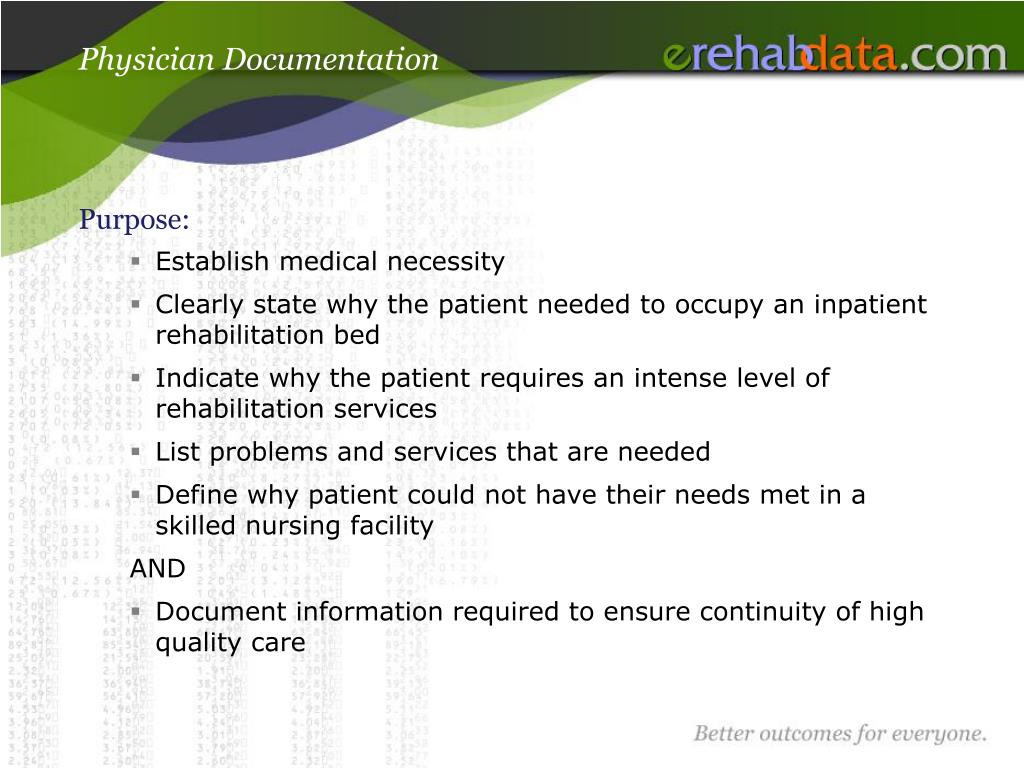

Also, any guidelines not published by CMS or Coding Clinic (both official sources) should be taken with a grain of salt (even these posts on this forum).

How much Risk your organization is willing to take on each HCC?,- especially when documentation doesn't fit neatly into any published guidelines. I once listened into a great webinar about Risk Adjustment, and the presenter explained about when it comes down to validating each HCC with either MEAT or TAMPER. Perhaps an educational note to the provider to allow additional information (not much) could tip the scales towards better and improved documentation. While they both may be supported by MEAT and TAMPER, I would like to see a little more information. Others use “TAMPER™”:Į11.9 (Diabetes w/o complications) currently on Metformin 500mg.į33.1 (Major depressive disorder, recurrent, moderate) followed by Dr. In order to ensure HCC codes and documentation compliance, CMS checks health plans using targeted and random audits.
#M.E.A.T. CLINICAL DOCUMENTATION FULL#
M – Monitoring signs, symptoms, disease progression, disease regression Inferior meat condition means flesh which is fibrous, woody, or otherwise inferior due to immaturity to the extent that the. A well-trained clinical documentation integrity team will use consistent processes to deliver accurate claims, which will reliably result in full reimbursement for services. One case of perinatal transmission of wild-type YF virus from a woman who developed symptoms of YF 3 days prior to delivery has been documented the infant.To break it down, documentation must reflect: 3M is here to support that crucial work through a new 3M CDI Innovation Webinar Series. As the industry evolves at a record pace, their work has never been more important, or more challenging. "One way to help ensure your documentation is up-to-par for HCC coding is to include MEAT (monitored, evaluated, assessed/addressed and treated) in the medical record for the patient encounter. For more than 20 years, clinical documentation integrity (CDI) experts have played a key role in the health care industry.


 0 kommentar(er)
0 kommentar(er)
